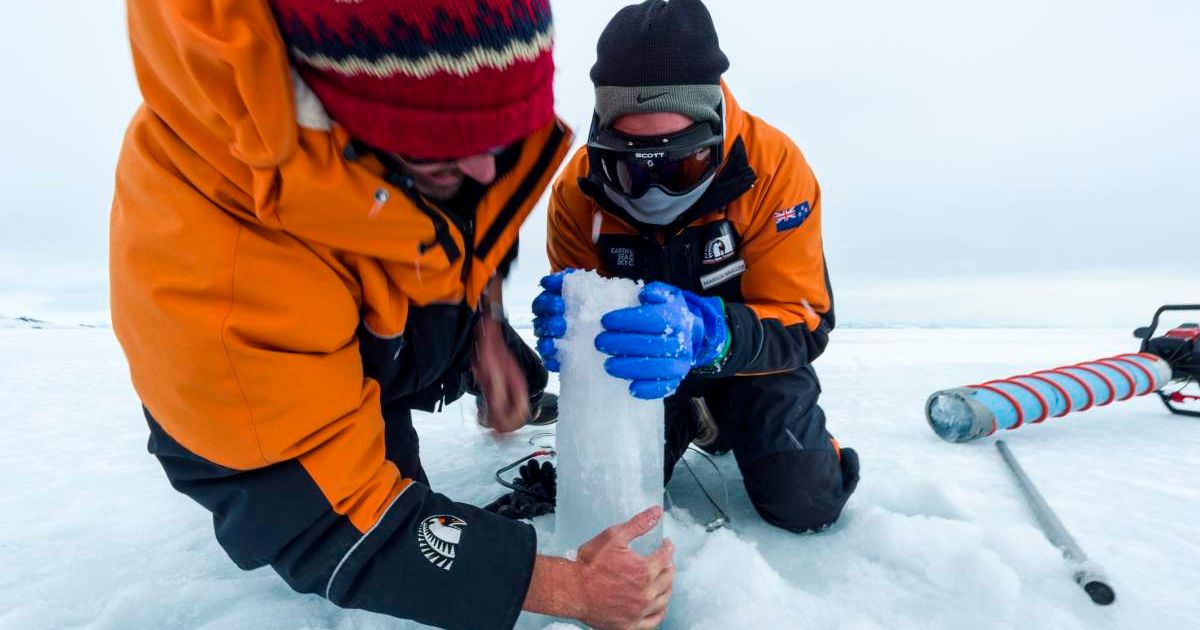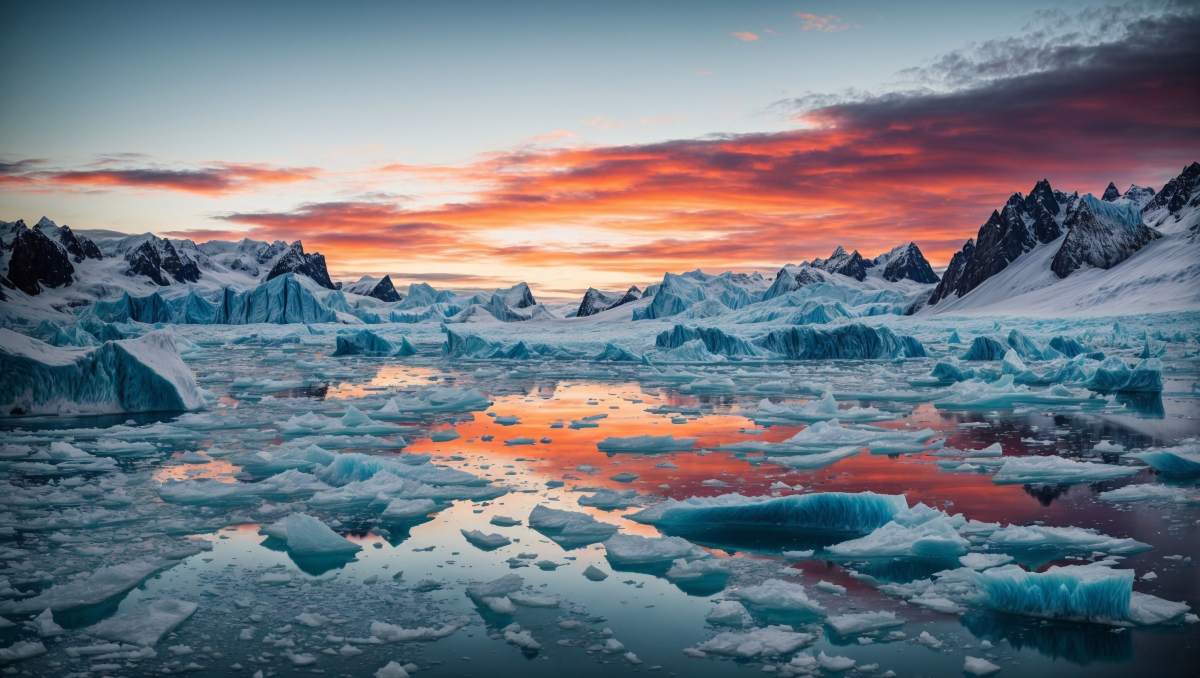6-Million-Year-Old Ice Found in Antarctica Reveals Earth Was Much Warmer Than Today, With Higher Sea Levels

Entombed beneath the Antarctic Ice sheet is a library sprawling with records of Earth’s geological history. Scientists, who are bold enough to venture into Antarctica, often drill pipe-shaped ice cores to extract these records and discover mysterious tales from Earth’s past. Straggling within this library are layers of ice entrenched with particles of dust, volcanic ash, little microbes, bacteria, and air bubbles that got trapped over millions of years. Each bubble rumbles with the story of wind patterns, sea levels, volcanic activity, and Earth’s changing climate. In a new study published in PNAS, scientists documented the stories they discovered from an ice core they drilled from Antarctica.

When drilling the ice core from the Antarctic ice sheet, scientists had hoped to find ice dating at most to 3 million years, but when they investigated the core in their laboratory, the discovery exceeded their expectations by leaps and bounds. The ice, tapped from the Allan Hills Blue Ice region, proved to be a “relic from the adolescent days of the Antarctic ice sheet” with an age of more than 6 million years.

The research was conducted by a team of US scientists led by Sarah Shackleton of Woods Hole Oceanographic Institution and John Higgins of Princeton University, all affiliated with the National Science Foundation-funded Center for Oldest Ice Exploration (COLDEX), a collaboration of 15 U.S. research institutions led by Oregon State University. Ice cores, Shackleton described, are like “time machines” that let scientists take a look at what our planet was like in the past. The Allan Hills cores, she shared, helped the team travel “much farther back than” they had imagined.

To investigate the piece of ice scooped out from the vast icy blanket of the frozen continent, they curated a library of “climate snapshots” compiled with the ice core data. By analyzing the measurements of different greenhouse gases, like the noble gas Argon, and their isotopes in the trapped air bubbles, they reconstructed the historical trail of greenhouse gas concentrations, ocean heat content, volcanic activity, and climate patterns that pervaded on Earth millions of years ago. The ice core was like catching a glimpse into another world now lost and forgotten in time.

At this time, the Earth’s climate was likely much warmer than it is today, and the sea levels were higher. About six million years ago, when this ice core probably became lodged under the layers of snowpack, planet Earth was going through a “global cooling trend.” In a press release, COLDEX Director Ed Brook exclaimed that this is the “most significant discovery to date for COLDEX.” The mystery of how this ancient ice remained preserved for so many megaannums is yet to be solved.

“We’re still working out the exact conditions that allow such ancient ice to survive so close to the surface,” Shackleton shared. “Along with the topography, it’s likely a mix of strong winds and bitter cold. The wind blows away fresh snow, and the cold slows the ice to almost a standstill.” Despite the publication of this study, the research is not yet over. In the coming months, the COLDEX team will be heading to the Allan Hills once again, for more drilling, geared up with excitement at the possibility of digging out prehistoric “climate snapshots” from an even older ice.
More on Green Matters
500-Million-Year-Old Mountains Beneath Antarctic Ice Could Hold Secrets To Earth’s Past
Antarctica’s Sea Floor Is Facing Severe Damage by the Weight of Tourism and Ships